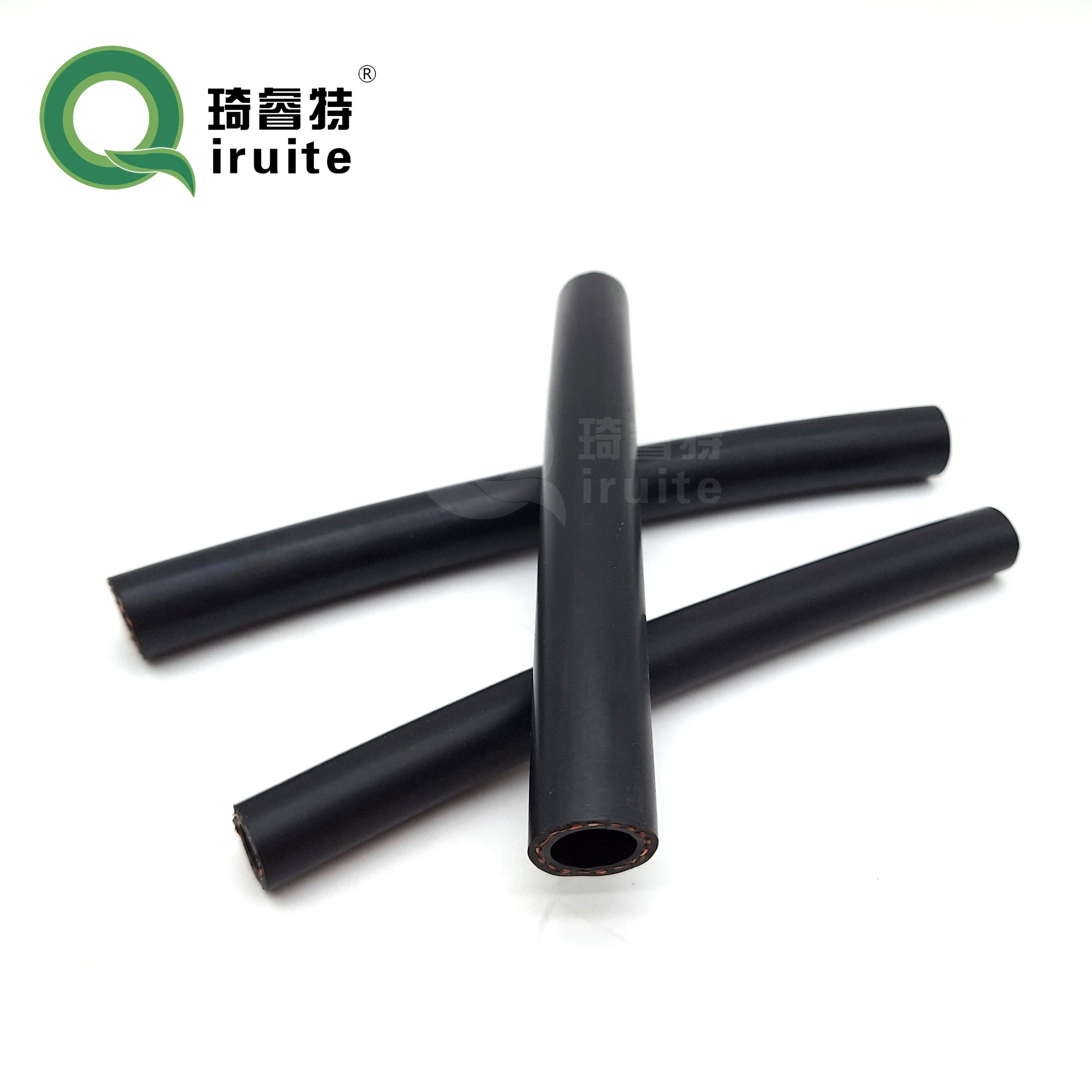Guide to Disconnecting and Removing Power Steering Hose Efficiently
How to Remove Power Steering Hose A Step-by-Step Guide
Removing a power steering hose is a task that many car enthusiasts can handle with a bit of mechanical knowledge and the right tools. Over time, hoses can wear out due to heat and pressure, leading to leaks and reduced steering performance. If you find yourself needing to replace a power steering hose, follow this detailed guide.
Gather Your Tools
Before you begin, make sure you have the necessary tools on hand. You will typically need
- A socket set - Wrenches (often in metric sizes) - A screwdriver - A drain pan - New power steering hose - Power steering fluid - Safety goggles - Rags or towels
Safety First
Before starting any work on your vehicle, ensure the engine is turned off and has cooled down. Wear safety goggles to protect your eyes from any fluid that may leak during the process. If your car is on a lift or jack stands, ensure it is stable before crawling underneath.
Step 1 Locate the Hose
The power steering hose runs from the power steering pump to the steering gear or rack. Check your vehicle’s service manual for exact locations, as these can vary by make and model.
Step 2 Prepare the Area
Place a drain pan under the area where the power steering hose is located to catch any fluid that may spill during the removal process. Make sure to have rags or towels handy to clean up any spills.
Step 3 Release Pressure
Before you remove the hose, it’s important to relieve pressure from the power steering system. You can do this by turning the steering wheel back and forth while the engine is off. This will help depressurize the system.
Step 4 Disconnect the Hose
how to remove power steering hose

Starting with the clamp closest to the power steering pump, use a screwdriver or pliers to loosen the clamp securing the hose. Once loosened, you can gently twist and pull the hose free from the pump. Be ready for fluid to leak out once you remove the hose.
Next, move to the other end of the hose, repeating the same process. If the hose is stuck, you may need to gently rock it back and forth to break the seal.
Step 5 Remove the Hose
Once both ends of the hose are disconnected, you can remove it entirely from the vehicle. Inspect the old hose to ensure that you have removed all components, including any clips or fasteners that may have been securing it in place.
Step 6 Install the New Hose
Take your new power steering hose and position it where the old hose was located. Begin by connecting one end of the hose to the power steering pump, ensuring it fits snugly. Secure it with a new or existing clamp.
Next, connect the other end of the hose to the steering gear or rack, repeating the same process. Make sure that the hose is not pinched and has enough slack for turning.
Step 7 Refill the Power Steering Fluid
After the new hose is in place, check the power steering fluid reservoir. If necessary, add new fluid to bring it to the appropriate level. This will ensure your power steering system functions properly.
Step 8 Check for Leaks
Start the engine and turn the steering wheel from side to side to circulate the fluid. Check for leaks around the new hose. If there are no leaks, your installation is successful.
Conclusion
Removing and replacing a power steering hose is a manageable task for those with basic mechanical skills. By following these steps and taking proper safety precautions, you can ensure that your power steering system operates smoothly, improving your vehicle’s handling and overall performance. Remember, regular maintenance and inspection of your steering system can prevent future issues and prolong the life of your vehicle’s components.
-
Ultimate Spiral Protection for Hoses & CablesNewsJun.26,2025
-
The Ultimate Quick-Connect Solutions for Every NeedNewsJun.26,2025
-
SAE J1401 Brake Hose: Reliable Choice for Safe BrakingNewsJun.26,2025
-
Reliable J2064 A/C Hoses for Real-World Cooling NeedsNewsJun.26,2025
-
Heavy-Duty Sewer Jetting Hoses Built to LastNewsJun.26,2025
-
Fix Power Steering Tube Leaks Fast – Durable & Affordable SolutionNewsJun.26,2025

